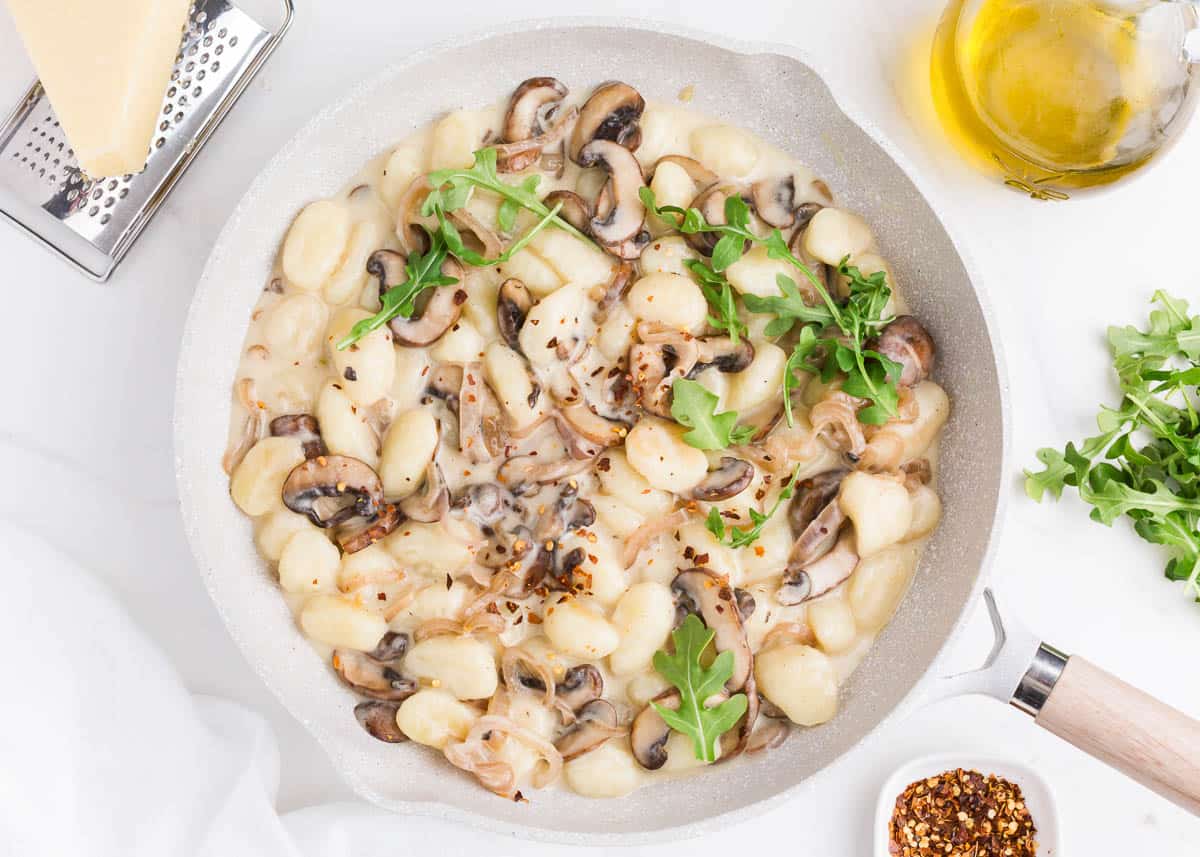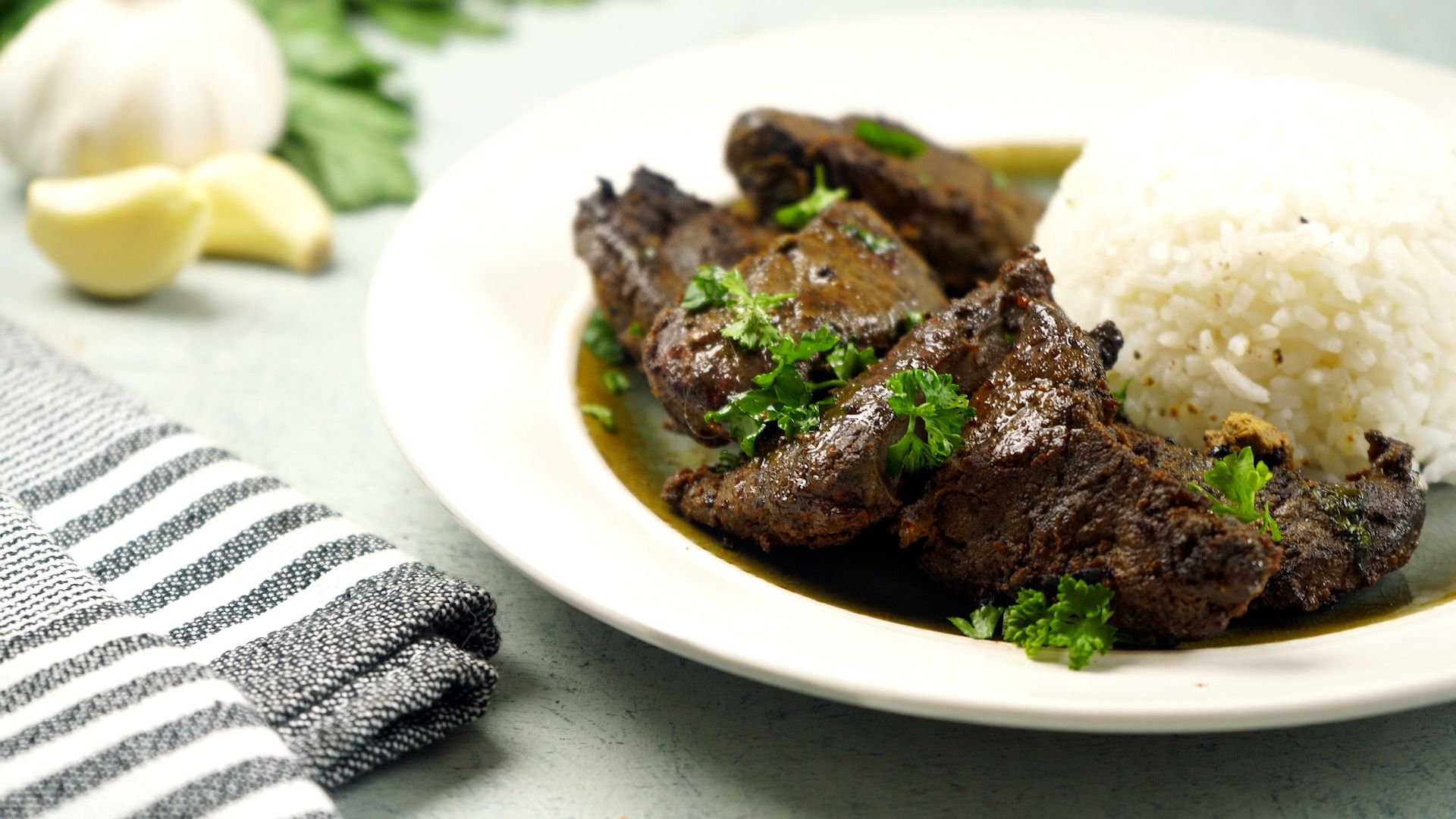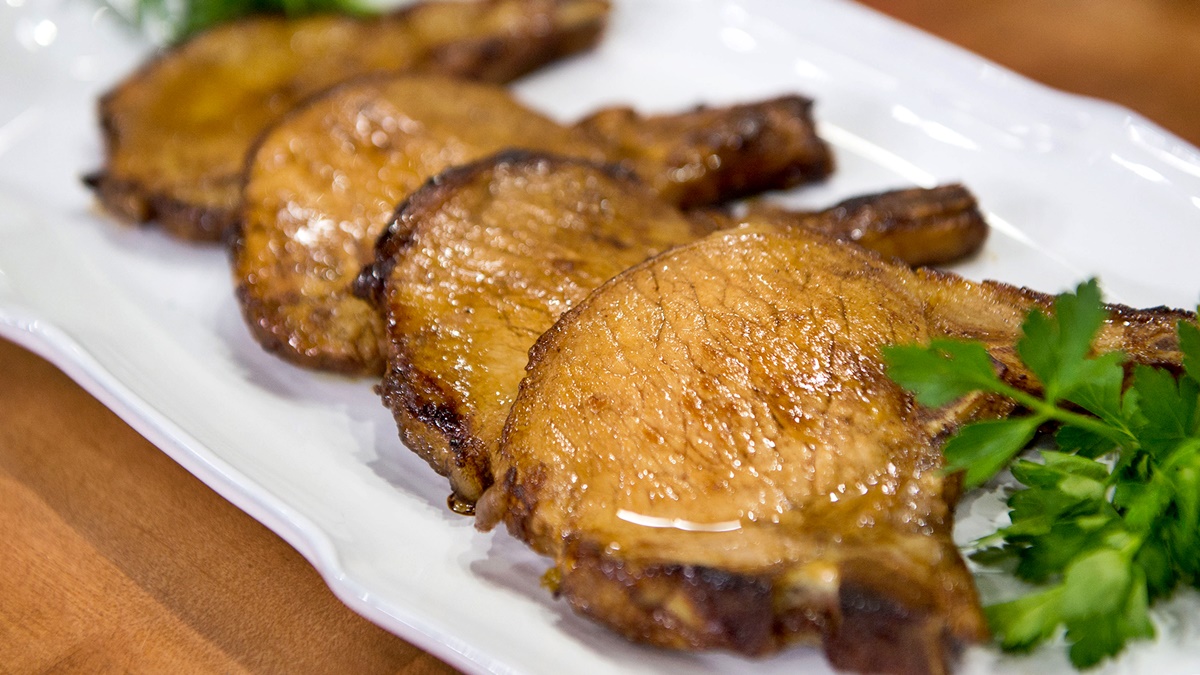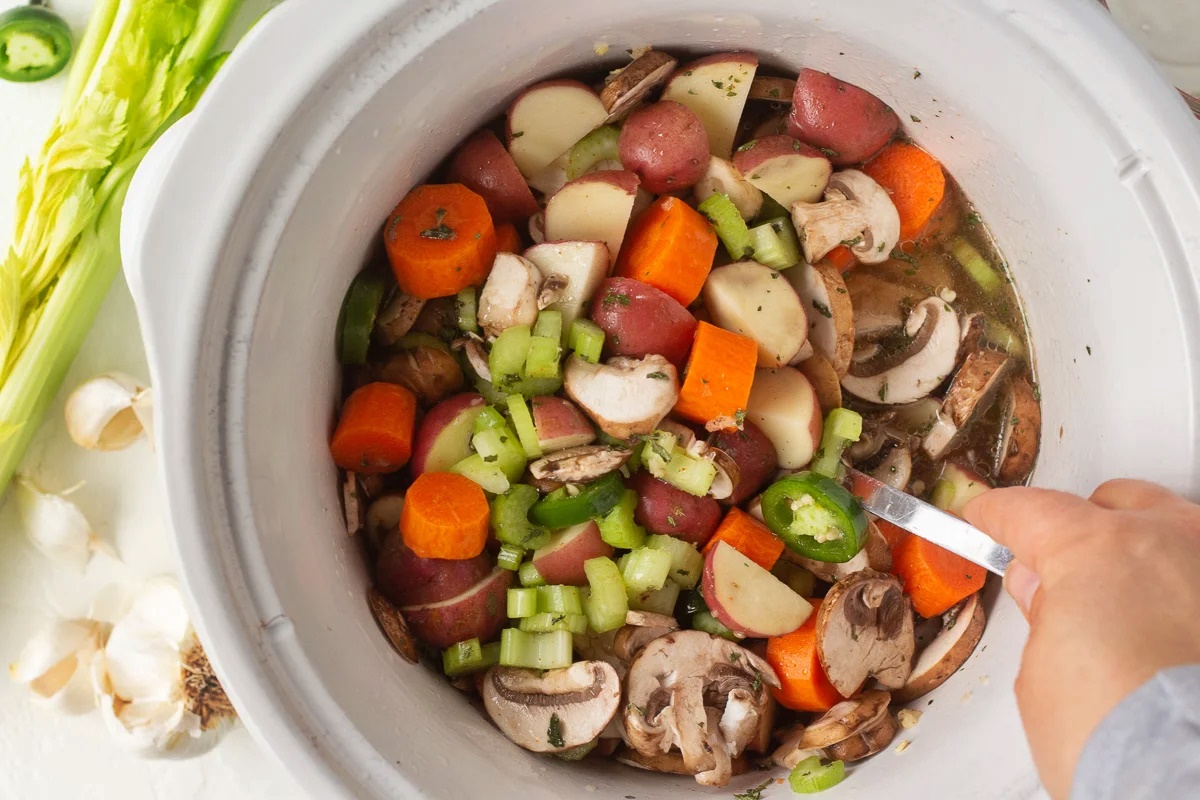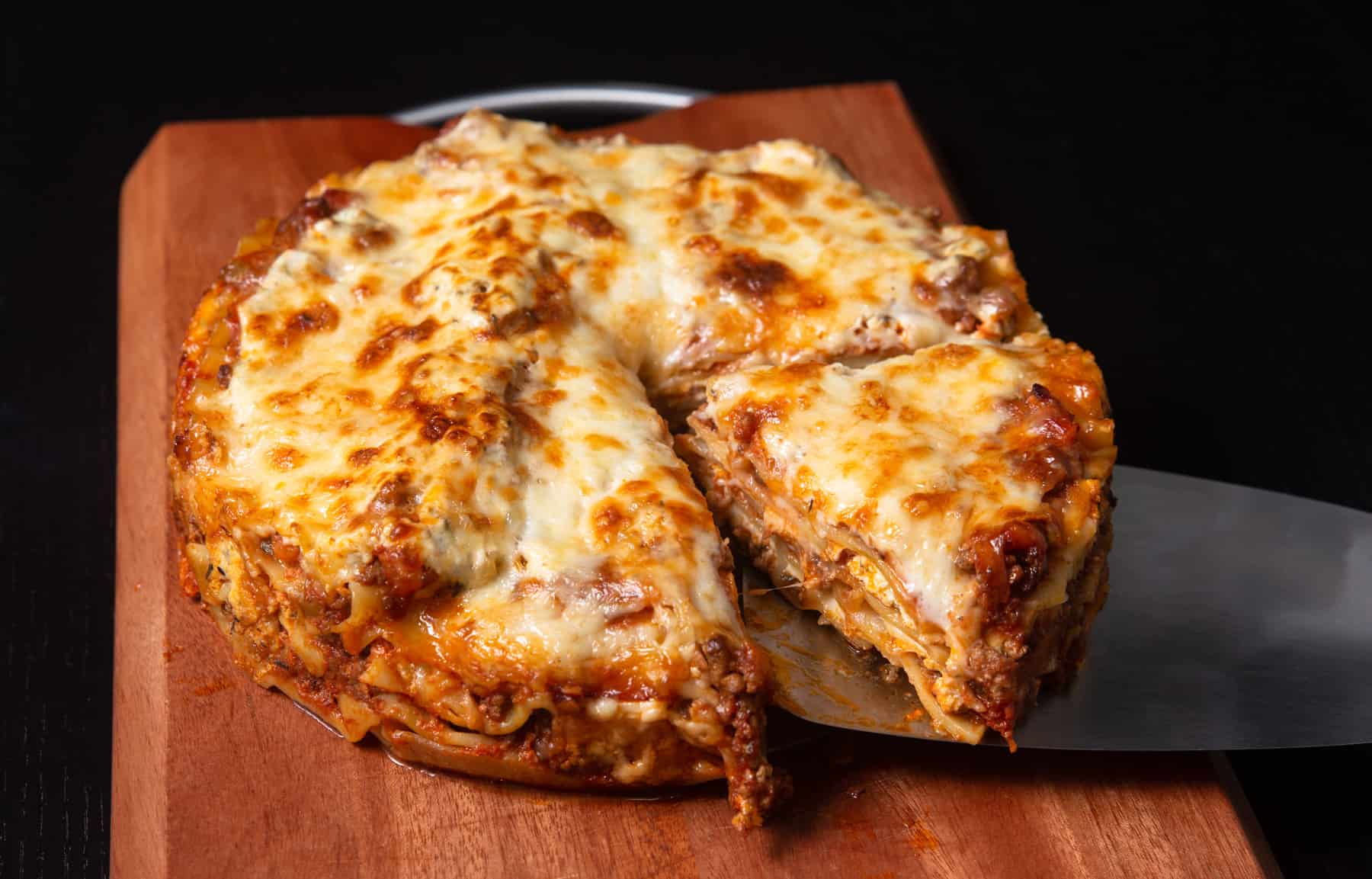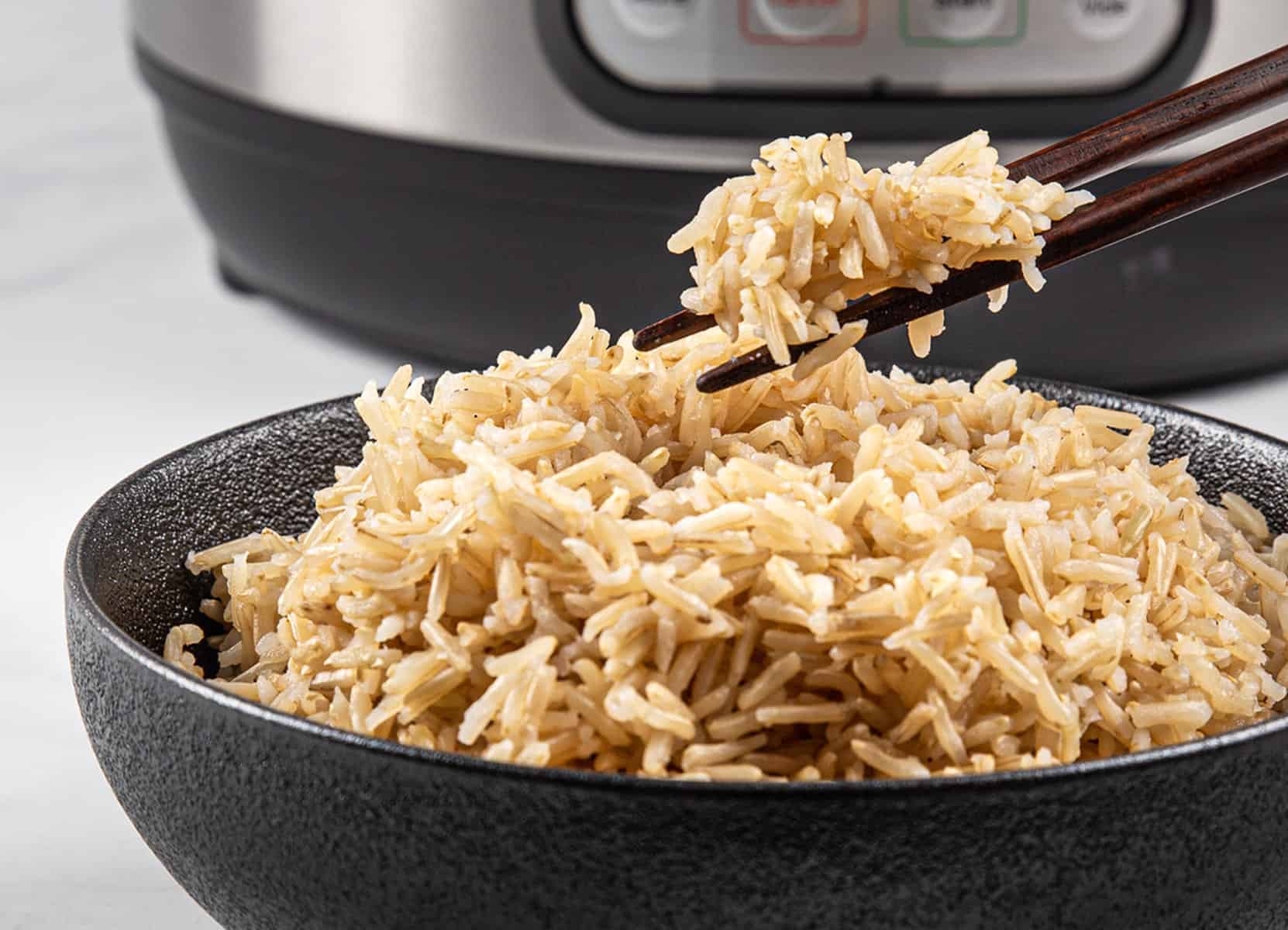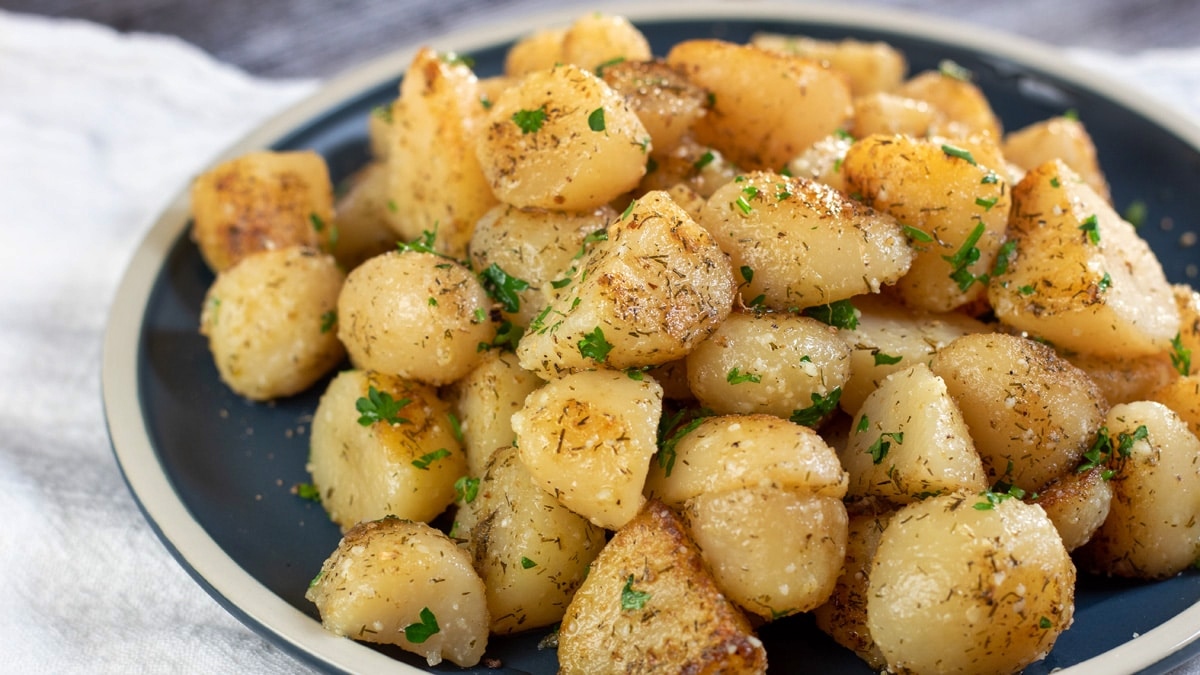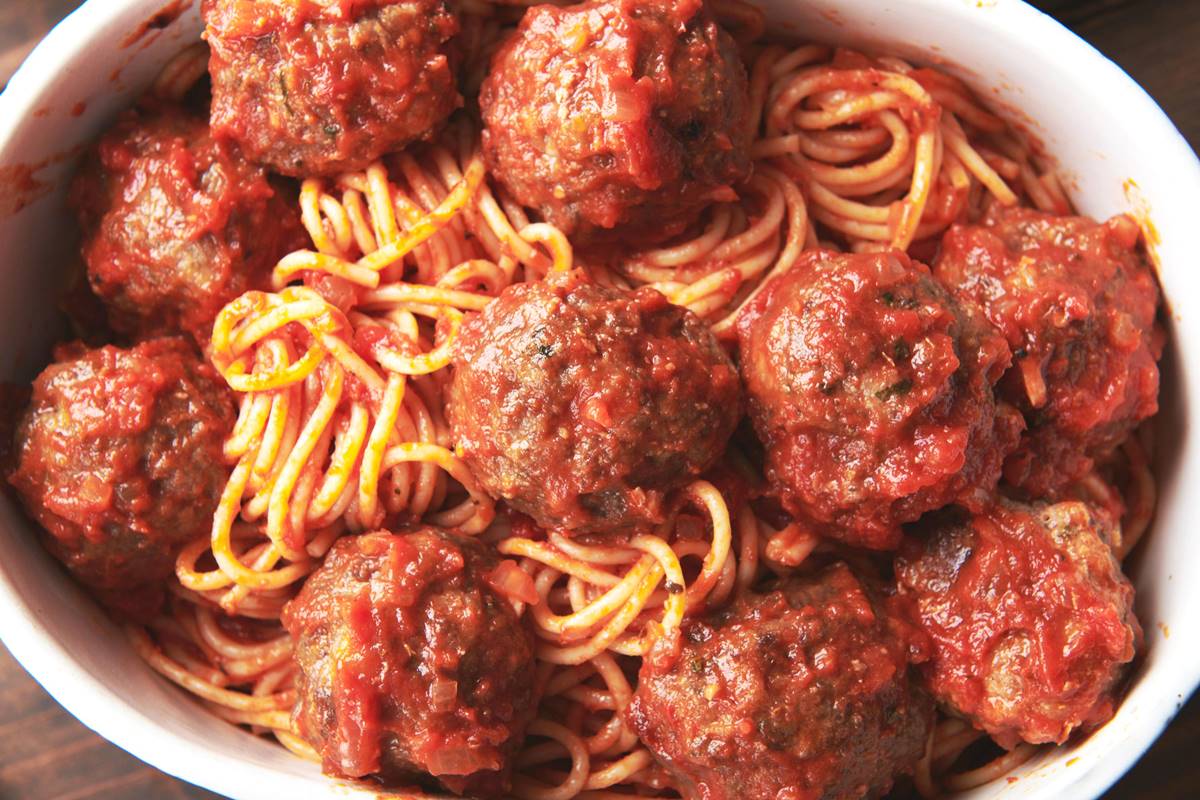Cooking Ramen Noodles in a Pan – A Quick and Easy Guide
When it comes to a quick and satisfying meal, ramen noodles are a go-to option for many. While most people follow the instructions on the package and use boiling water, today we will show you how to elevate your ramen game by cooking the noodles in a pan. This method adds a delicious twist to your ramen experience, allowing you to enjoy perfectly cooked noodles with a flavorful broth. So, let’s grab a pan and get cooking!
Here’s what you’ll need:
- 1 package of ramen noodles
- 1 tablespoon of cooking oil
- 1 cup of water
- Your choice of seasonings (included in the package or your own preferences)
- Optional toppings, such as vegetables, proteins, or herbs
Step-by-step instructions:
- Heat the pan over medium heat and add the cooking oil. Allow it to heat up for a minute or two.
- Break the ramen noodles into smaller pieces, making them easier to cook and eat. Add them to the pan and sauté for a minute, stirring constantly.
- In a separate bowl, combine the seasoning packet with one cup of water. Stir until the seasonings are fully dissolved.
- Pour the seasoned water mixture into the pan, covering the noodles completely. Bring to a simmer.
- Let the noodles cook for 3-4 minutes or until they reach your desired level of doneness. Stir occasionally to prevent sticking.
- Once the noodles are cooked, remove the pan from heat and let them sit for a minute to absorb the flavors of the broth.
- Now it’s time to get creative! You can enjoy the ramen noodles as is or add your favorite toppings. Try sliced boiled eggs, green onions, sesame seeds, or even some sliced chicken or tofu for added protein.
And there you have it! By cooking ramen noodles in a pan, you will achieve a satisfying and flavorful meal in just a few simple steps. This method allows for more control over the texture and taste of the noodles, giving you endless possibilities to experiment with different seasonings and toppings.
So, the next time you’re craving a bowl of delicious ramen, don’t be afraid to skip the traditional boiling water method and give this pan-cooking technique a try. Your taste buds will thank you!
For those looking to master the art of cooking ramen noodles in a pan, there's a variety of recipes to explore. Start with the Classic Chicken Ramen Noodles for a comforting and familiar dish. If you're in the mood for something hearty, the Pork Belly Ramen is a must-try with its rich flavors. Vegetarians will love the Vegetarian Miso Ramen, which offers a delicious and wholesome option. For a bit of spice, the Spicy Shrimp Ramen Noodles will surely hit the spot. For those who enjoy a fusion of flavors, the Thai Peanut Chicken Ramen is an exciting choice. Each of these recipes will put your newfound ramen cooking skills to good use and provide a tasty meal for any occasion.
Was this page helpful?
Read Next: How To Cook French Fries In Deep Fryer
